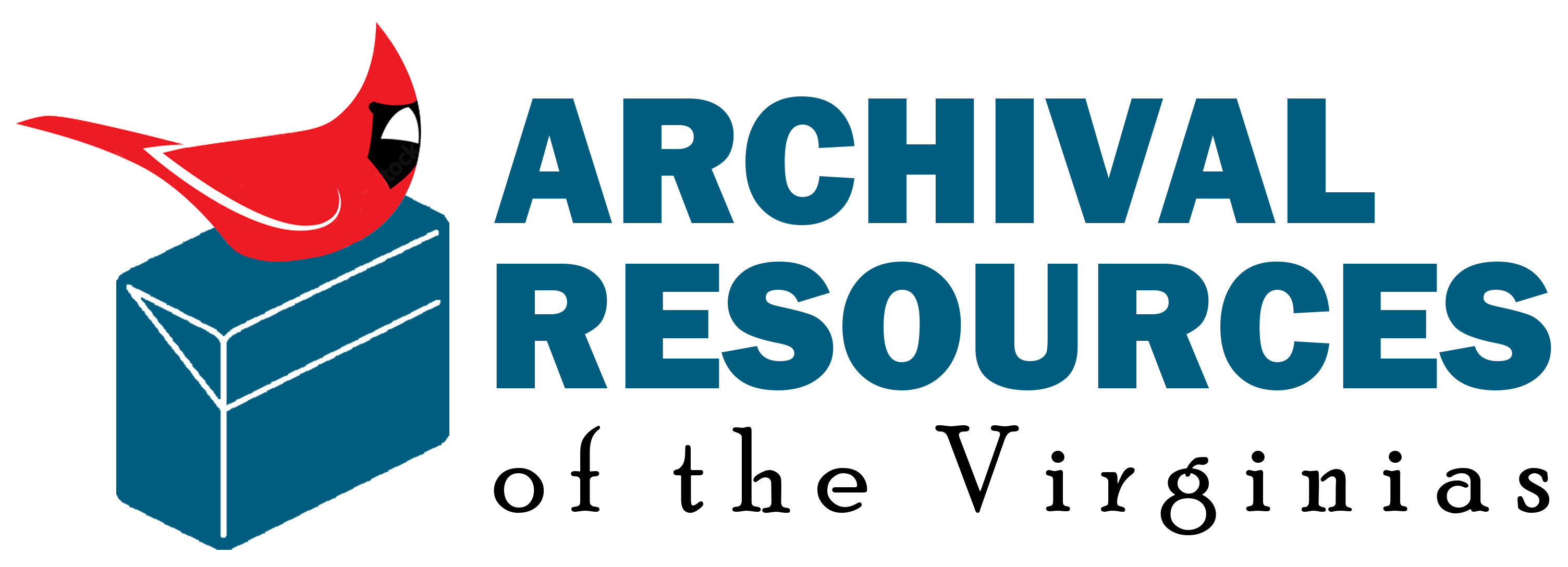A Guide to the Secret Twelve Club Ledger 1935-1955
A Collection in
The Special Collections Department
Accession Number 11089
![[logo]](http://ead.lib.virginia.edu/vivaead/logos/uva-sc.jpg)
Special Collections Department, University of Virginia Library
Albert and Shirley Small Special Collections LibraryUniversity of Virginia
Charlottesville, Virginia 22904-4110
USA
Phone: (434) 243-1776
Fax: (434) 924-4968
Reference Request Form: https://small.lib.virginia.edu/reference-request/
URL: http://small.library.virginia.edu/
© 2015 By the Rector and Visitors of the University of Virginia. All rights reserved.
Funding: Web version of the finding aid funded in part by a grant from the National Endowment for the Humanities.
Processed by: Special Collections Department
Administrative Information
Access Restrictions
There are no restrictions.
Use Restrictions
See the University of Virginia Library’s use policy.
Preferred Citation
Secret Twelve Club Ledger, 1935-1955, Accession #11089, Special Collections Dept., University of Virginia Library, Charlottesville, Va.
Acquisition Information
This ledger was purchased from The Book Broker, Charlottesville, Virginia, April 8, 1993.
Biographical/Historical Information
The Secret Twelve Club (occasionally known as the "Secret 12") was founded ca. 1912-1914 with twelve members, and is considered by some to be the oldest black social club in Charlottesville. Its exact date of founding is obscure but its anniversary is mentioned as February 22 (entries, January 8, 1952, p. 106, and February 26, 1952, p. 117). This was initially a secret association partly due to fears that Charlottesville whites might suppress black clubs and retaliate against its members (afterward, whites learned of the club's existence but mostly ignored it; however some were invited as guests to various socials). Like similar fraternal organizations, the Secret Twelve employed passwords, secret grips and signs, and membership cards; members were addressed as "brother." The club's purposes were social and civic: to instill racial pride in blacks, serve as role model for black youth, provide counseling services for troubled youth, and, to raise funds for charity and groups such as the Red Cross and the National Association for the Advancement of Colored People (NAACP).
Membership was limited to fourteen Charlottesville and Albemarle County African-American males aged twenty-one or older (club members' average ages were the 30s and 40s but at the peak of the club's activities the average member was in his 60s or 70s). New members were solicited by word of mouth; an application form was required and potential members' backgrounds were investigated. Candidates had to be of good character, a registered voter, and regular churchgoer with no criminal record. Current members voted on new members; a majority vote was required. Most members were married, middle-class blacks (homeowners or renters) of professional or working classes.
Officers included a president, vice-president, sergeant-at-arms, treasurer, secretary, and chaplain. Meetings began with prayer and the reading and approval of previous minutes. Dues were $2.00 per meeting (five dollars during the 1990s); meetings rotated among members' homes or were held at a local Masonic lodge. Club funds were deposited at the National Bank; absences were fined and one year suspensions required of club members for disorderly conduct at meetings (September 27, 1953, p. 163)
Among its social activities was the sponsoring of dances at the city's Carver Recreation Center and Elk's Home (invitations were by word of mouth, posters and flyers). Club socials were by invitation only, and each member could invite guests to these and other private parties; Christmas socials were held annually (January 1, 1951, p. 68). Bus trips and picnics were also sponsored to Prince Edward Lake (August 28, 1951, p. 92) and Culpeper, Virginia (August 25, 1953, p. 160). "Widows' parties" were once-a-year galas for the propose of raising funds for the widows of deceased members. The Secret Twelve also collected and donated money to members' widows (for example, the club proposed to donate $25.00 to Mrs. Murray on January 9, 1951 following the death of her husband James); it also sent flowers and members served as pallbearers for the deceased wives of members (March 25, 1954, p. 172). "Sick dues" were collected (August 29, 1950, p. 59) during the illness or hospitalization of members or their wives to send get-well cards (fruit sent to Mrs. Susie Lewis, June 2, 1950, p. 52).
Local charity and civic groups seeking donations were required to send a representative to club meetings to apply or else make such requests in writing. The ledger indicates club donations were distributed to the Albemarle Tuberculosis Association (November 28, 1950, p. 64); the NAACP (October 23, 1951, p. 96), its campaign "For the Betterment of The Negro Patients at the University Hospital" (October 23, 1951, p. 97), and its membership drive (February 23, 1954, pp. 169-170). The Secret Twelve also donated funds for the purchase of a jacket for the Jackson P. Burley High School football team (April 28, 1953, p. 151--a blacks- only school).
Scope and Content Information
This ledger is of "The Secret Twelve Club," an all-male
African-American social club in Charlottesville, Virginia,
1935, 1949-1955.
The inside front cover bears the notation "Secret Twelve
Club Jan 1950"; missing or blank pages include: 1-24, 28-34,
36-38, 66, 89-90, 98, 104, 112, 114, 116, 144, 148. (The
outside cover bears a partially effaced inscription: "Phi
Kappa Psi Fraternity, Virginia Alpha [Chapter].")
Note to Researchers
For similar collections regarding black club membership researchers should consult Department accessions 8979-u (Richmond Blacks) and 10396-b (The Clark Family).
